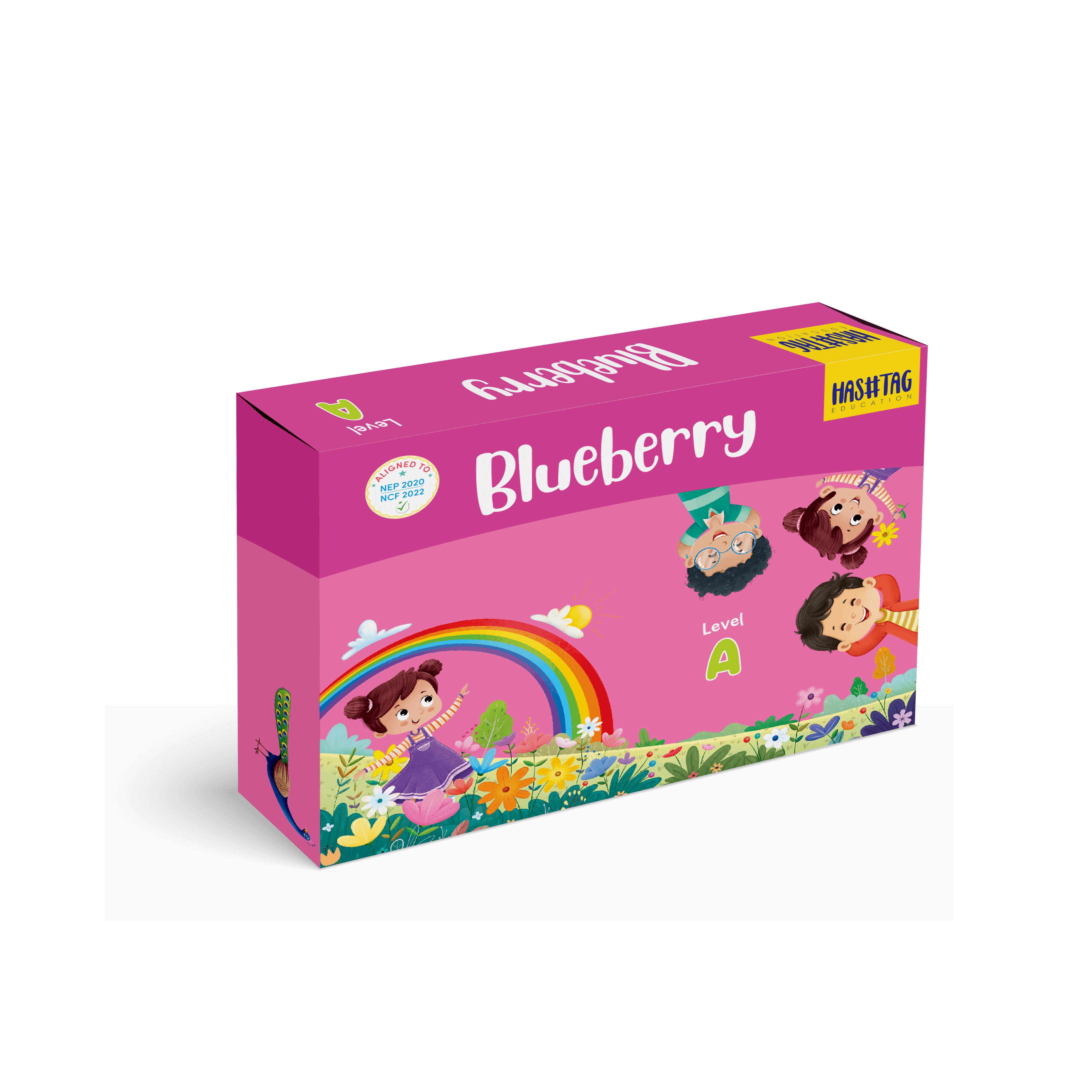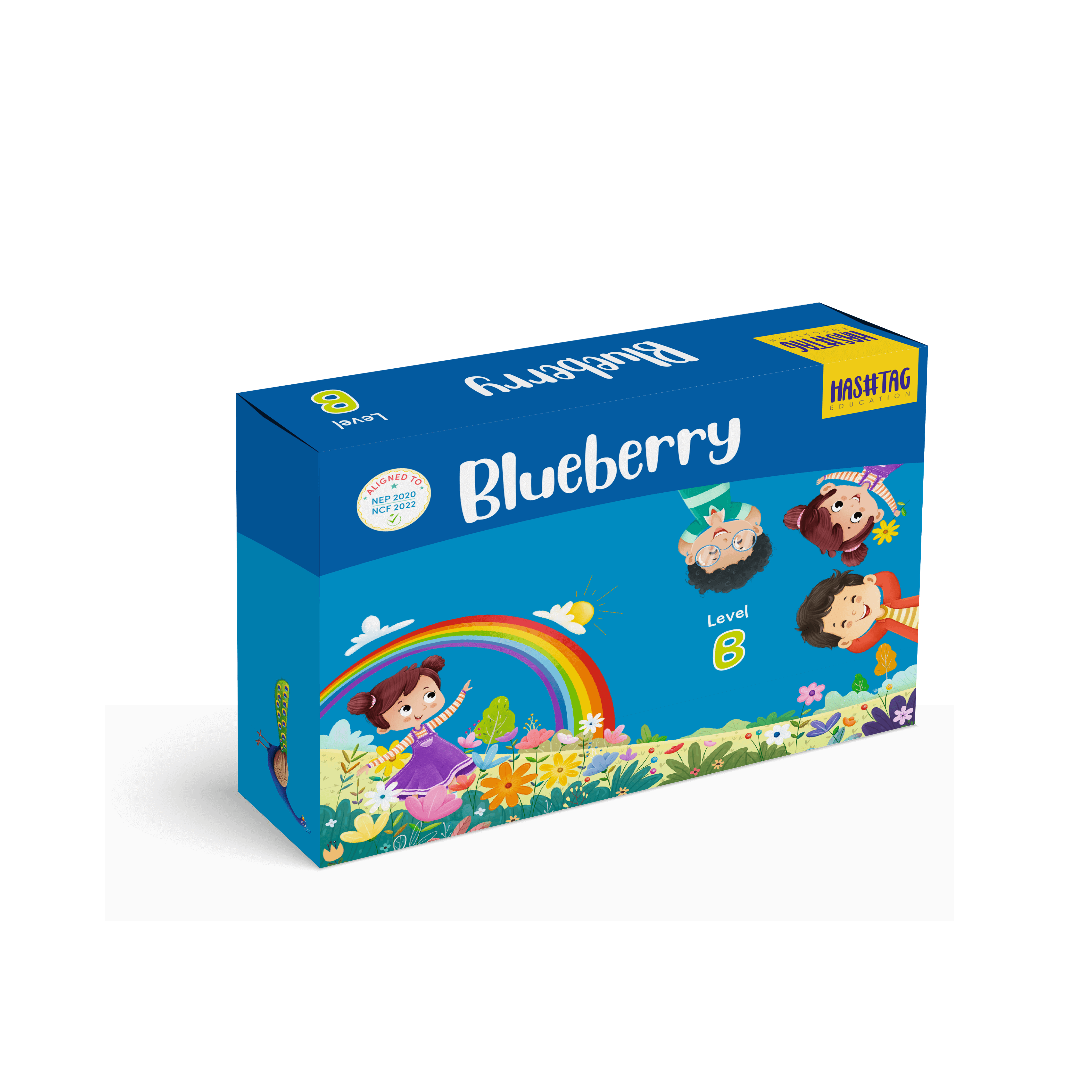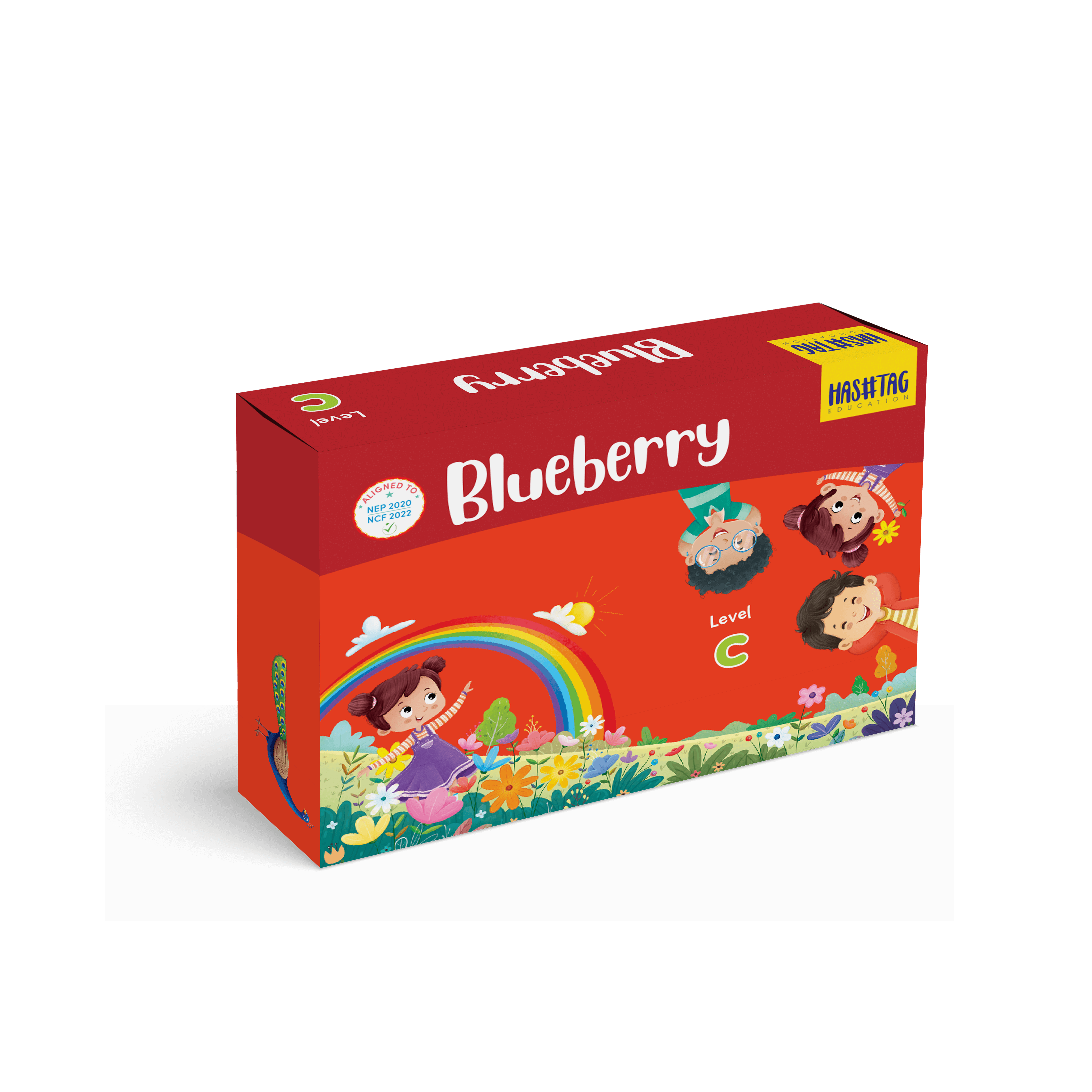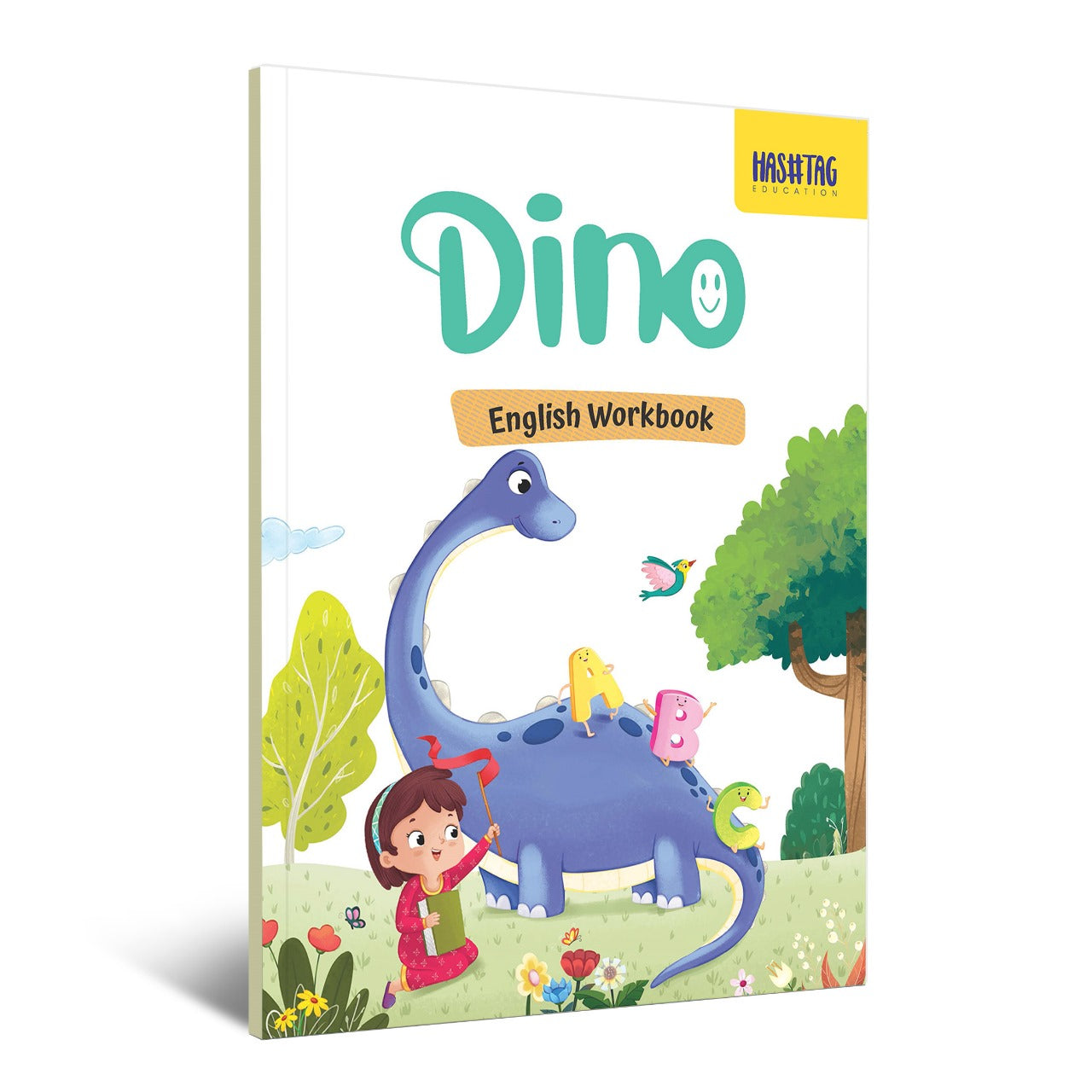Young kids encounter intense emotions, but they usually don’t have the words to describe them. As parents or other caregivers, encouraging our children to express their opinions to us is one of the most caring things we can do.
Why Early Emotions Are Important!
A child usually loses charge of their emotions—such as jealousy, withdrawal, or tears—because they are experiencing too much emotion to manage, not because they wish to be awful. They are unable to verbalize their feelings if they are unable to recognize them. So instead, they exhibit it.
Students feel more empowered as they are taught to identify and categorize their feelings. It reduces tantrums, boosts self-esteem, and equips kids with the skills they need to manage tension as well as relationships in the future.
Long-Term Benefits of Emotional Awareness
- Academic Growth: A child who can regulate feelings finds it easier to focus in school.
- Healthier Friendships: Kids who know how to explain themselves are better at resolving conflicts.
- Resilience: Emotional vocabulary equips children to bounce back from disappointments.
- Self-Confidence: They learn their emotions are valid, which increases self-trust.
Commencing the Discussion
You don’t require a psychology degree or a complex system. It begins with basic, conversational language.
Try saying things like:
- “You appear angry that your toy has broken.”
- “That smile tells me you’re feeling proud!”
- “I get you. When things don’t go your way, it’s normal to be angry.”
If you connect the emotion to the particular circumstance, your child will be better able to connect how they feel to the words that describe it. As they get older, add more subdued ones like anxious, frustrated, or excluded, but start with the fundamentals: joyful, sad, angry, and afraid.
Everyday Moments to Use Emotion Words
- At bedtime: “You look calm and sleepy.”
- During playtime: “That laugh shows you’re happy.”
- After school: “I wonder if you felt nervous at assembly.”
- When sharing: “It can feel frustrating to wait for a turn.”
Be the Example
Kids watch you more than they listen. They will learn to be honest with you if you are honest with them about your feelings.
You might say:
- “I am getting a bit nervous given we will be late, but I’ve been inhaling deeply to remain calm.”
- “I feel proud of myself for finishing this work on time.”
This proves that it’s acceptable to experience intense emotions and that there are positive ways to manage them.
Modeling Emotional Regulation in Action
- Show calm strategies: Take deep breaths in front of them.
- Use “I feel” statements: Instead of “You make me angry,” say “I feel angry because the room is messy.”
- Celebrate emotions too: Don’t only talk about sadness or anger; highlight joy, excitement, or pride.
Make It Engaging
It’s not necessary for emotions to be a serious subject. Make alterations based on your child’s favorite television programs, games, or literature. Ask them the following questions:
- “How did you imagine that character feeling?”
- “What would you do if you felt that way?”
You can even try emotion cards or draw feeling faces with them—whatever it takes to get them in dialogue and contemplation.
Creative Tools for Teaching Emotions
- Emotion Wheels: A colorful wheel of feelings where kids can point.
- Puppet Play: Use puppets to act out different moods.
- Music: Ask, “Does this song sound happy or sad?”
- Art: Let them paint how “angry” looks versus how “calm” looks.
Let Them Feel
When your child appears angry, don’t try to “fix it.” Sometimes they just need to know that their emotions are okay.
Say things like this:
- “I’m here with you.”
- “That looks difficult.”
- “It makes sense you would feel that way.”
This teaches your child that feelings are not bad or scary just human.
Why Validation Matters
- It shows kids they are understood.
- It reduces shame about negative feelings.
- It encourages them to share openly next time.
- It helps separate the feeling (okay) from the behavior (may need guidance).
Building Emotional Vocabulary Step by Step
Start with the basics: happy, sad, angry, afraid. Once your child uses these comfortably, slowly layer on new ones: curious, proud, jealous, disappointed, excited.
Simple Activities to Expand Vocabulary
- Emotion Chart: Hang a chart on the fridge with feeling faces. Let your child move a magnet to their mood.
- Guessing Game: Make expressions and let your child guess the feeling.
- Story Time Add-On: After reading, ask “Which feeling did the character have at the end?”
Building Everyday Habits
Teaching emotions works best when it becomes a routine.
- Morning check-in: Ask, “How are you feeling as you start today?”
- After-school chat: “Tell me one happy and one tricky moment today.”
- Dinner reflection: Share your own emotions and invite theirs.
- Bedtime wind-down: “What made you smile today? What made you upset?”
Over time, these small conversations build emotional intelligence as naturally as brushing teeth builds hygiene habits.
The Big Picture
Raising emotional awareness in your child is not about preventing tantrums or having a perfect child. Having a self-aware, empathic individual who can express their emotions and listen to others who feel the same way is crucial.
While the process is time-consuming and hard, the results are lasting.
Key Takeaways for Parents
- Children aren’t “bad” for feeling strongly they are learning.
- Naming emotions reduces their power.
- Parents who model emotional honesty raise emotionally healthy kids.
- Validation, play, and daily habits make emotional learning natural.
In the end, your goal is not to erase anger or stop tears it is to teach your child that emotions are safe, human, and manageable. A child who learns this grows into an adult who can say:
“This is how I feel, and this is what I need.”






